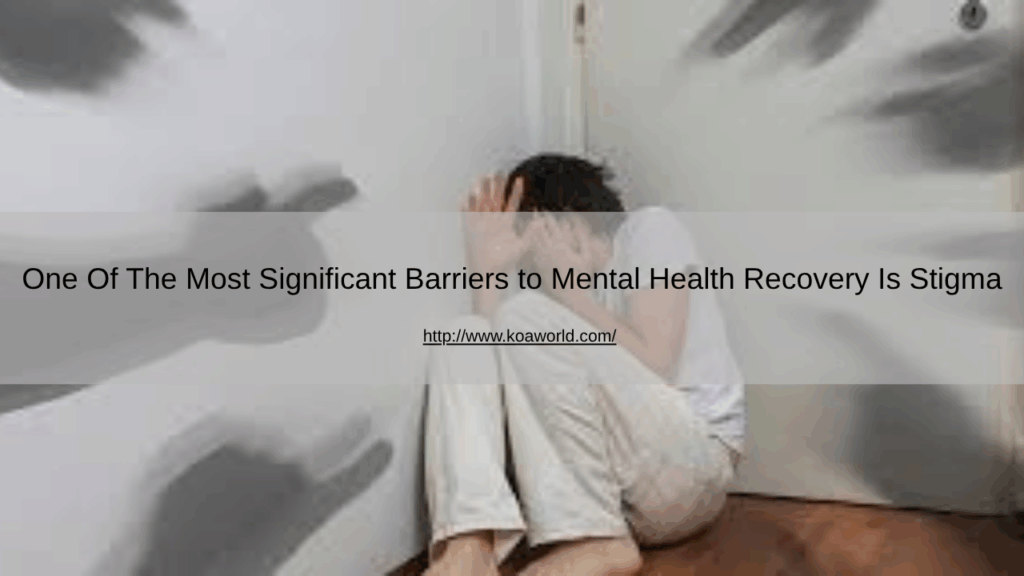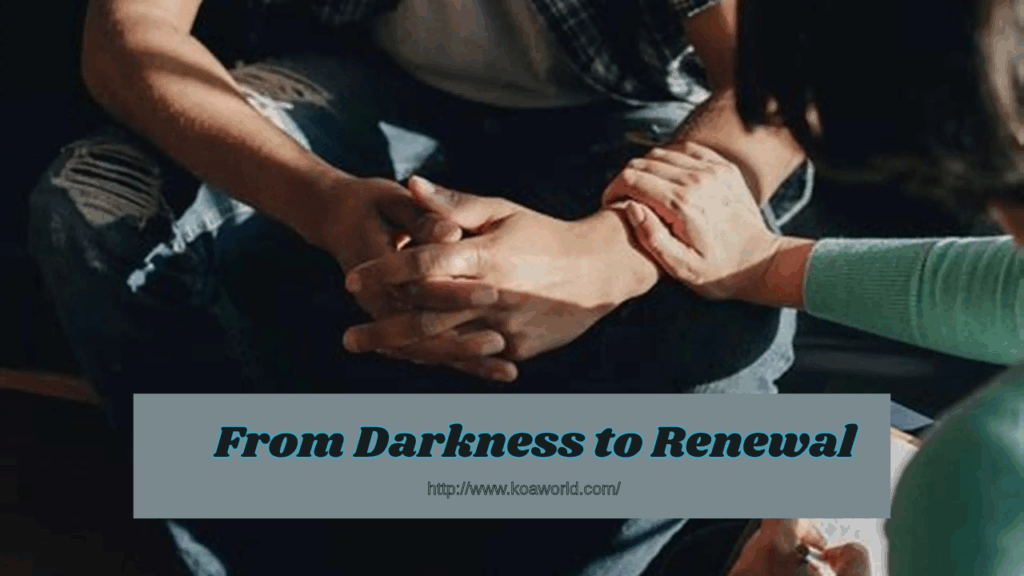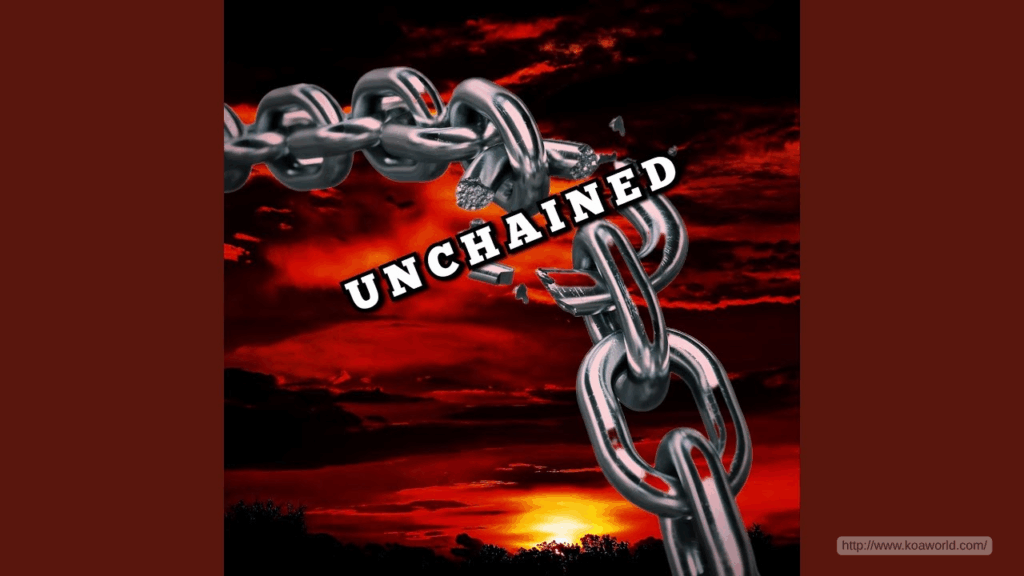
Recovery from addiction is not a single moment of change. It is a journey that unfolds through patience, commitment, and the right kind of support. For individuals and families affected by substance use and mental health challenges, hope can feel distant at first. Yet with comprehensive, compassionate care, hope can be restored and sustained. At KOA World, recovery is built on understanding the whole person, not just the symptoms, and helping each individual move toward lasting healing and stability.
Why Comprehensive Care Matters in Addiction Recovery
Addiction often impacts every area of life. Physical health, mental well being, relationships, faith, and purpose are all affected. Treating only one aspect of the problem rarely leads to long term success. Comprehensive care addresses addiction and mental health together, recognizing how deeply connected they are.
The Connection Between Substance Use and Mental Health
Many people entering treatment struggle with anxiety, depression, trauma, or unresolved emotional pain. Substance use may have started as a way to cope, but over time it creates deeper challenges. Effective recovery programs must treat both addiction and underlying mental health conditions. When emotional wounds are acknowledged and treated, individuals gain the tools they need to heal without returning to harmful behaviors.
Individualized Treatment That Honors Each Story
No two recovery journeys are the same. A one size fits all approach often leaves people feeling misunderstood or unsupported. At KOA World, individualized treatment planning is central to care.
Personalized Plans for Real Life Healing
Individualized care begins with listening. Clinical teams take time to understand personal history, family dynamics, spiritual beliefs, and mental health needs. Treatment plans may include therapy, group counseling, life skills development, and relapse prevention strategies that reflect each client’s goals. This personalized approach helps people stay engaged and motivated throughout recovery.
Inpatient and Outpatient Options That Support Stability
Recovery looks different depending on where someone is in their journey. Some individuals benefit from the structure of inpatient care, while others need the flexibility of outpatient services.
Structured Inpatient Care for Focused Healing
Inpatient treatment provides a safe, supportive environment where individuals can step away from daily triggers and focus fully on recovery. This level of care allows for consistent therapy, peer support, and accountability during early healing.
Flexible Outpatient Care for Ongoing Growth
Outpatient programs support individuals as they transition back into daily life. These programs allow clients to maintain responsibilities while continuing therapy and support. This balance helps reinforce healthy habits and coping skills in real world settings.
Holistic and Faith Based Support for the Whole Person
Lasting recovery requires more than clinical treatment alone. Holistic care nurtures the mind, body, and spirit. Many individuals find strength and meaning through faith based recovery, which can offer hope, forgiveness, and renewed purpose.
Integrating Faith, Wellness, and Emotional Healing
Holistic approaches may include mindfulness, physical wellness activities, spiritual reflection, and community support. Faith based elements can help individuals reconnect with values, develop resilience, and find comfort during difficult moments. These practices work alongside evidence based treatment to support long term recovery.
Building Skills for Life After Treatment
Recovery does not end when a program is completed. Long term success depends on preparation for life beyond treatment.
Practical Tools for Lasting Sobriety
Comprehensive care includes teaching practical skills such as stress management, communication, emotional regulation, and relapse prevention. Clients learn how to navigate challenges, rebuild relationships, and create healthy routines. Ongoing support and aftercare planning help individuals maintain progress and confidence.
Taking the First Step Toward Restored Hope
Hope is not lost, even in the darkest moments of addiction. With comprehensive, individualized care, healing becomes possible and sustainable. At KOA World, recovery is guided by compassion, professional expertise, and a deep respect for each person’s journey. Through addiction recovery services, mental health treatment, holistic practices, and faith based support, individuals are empowered to rebuild their lives with purpose and strength.
If you or someone you love is ready to take the next step, reach out to KOA World today. Hope can be restored, and lasting recovery can begin now.






